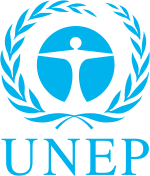A block of nations including
Russia, the Ukraine and
China have balked at the
Serghetti Sanctuary
Proposal, fearing it would
have too much impact on
their annual haul of
toothfish, which are
marketed as Chilean sea
bass.
But Serghetti has the strong
backing of the United
States—and, some would say,
God.
“Doctor Serghetti’s passion
and expertise is unmatched,
and we are doing everything
we can to back her vision,”
said Evan Bloom, director of
the U.S. State Department's
Office of Ocean and Polar
Affairs. “Although the U.S.
does not have fishing
interests in the Ross Sea,
the fish caught there often
end up in high-end American
restaurants.”
Antarctic fishing is
regulated by the Commission
for the Conservation of
Antarctic Marine Living
Resources, and the 25-nation
group will meet again next
July to further consider
Serghetti’s idea.
Meanwhile, Serghetti said
she will be helping with
Hurricane Sandy relief
efforts in New York before
returning to the undisclosed
site of her latest research.
Before becoming known for
her extreme
environmentalism, Serghetti
first gained worldwide
attention at age 17 after
she sold a “universal
translator” algorithm to
Google for several billion
dollars.
Sister Serghetti, an orphan
raised by the Catholic
Church, allegedly developed
the top-secret algorithm
after living with the Aymara
Indians in the Andes in her
teens.

